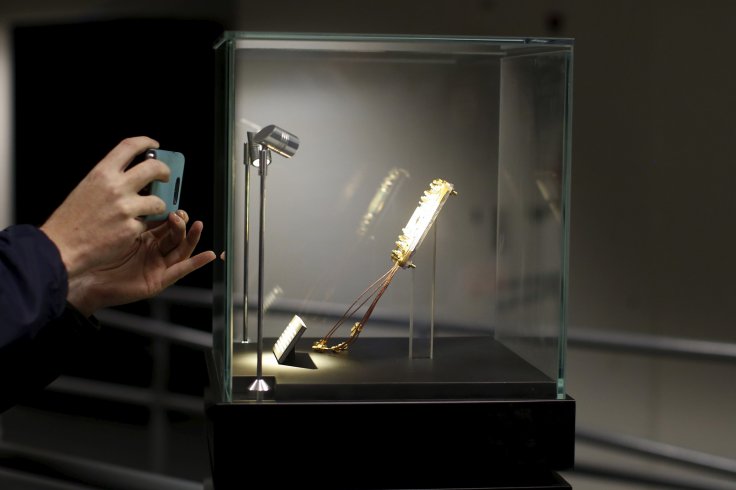
In a first, the US Food and Drug Administration (FDA) has permitted marketing of an Artificial Intelligence (AI)-based device to detect certain diabetes-related eye problems.
The device, called IDx-DR, is a software programme that uses an artificial intelligence algorithm to analyse images of the eye taken with a retinal camera.
The FDA permitted marketing of IDx-DR to Iowa-based medical device company IDx LLC on Wednesday to detect greater than a mild level of the eye disease diabetic retinopathy in adults who have diabetes.
Diabetic retinopathy, a common cause of vision loss among people living with diabetes, occurs when high levels of blood sugar lead to damage in the blood vessels of the retina, the light-sensitive tissue in the back of the eye.
"Early detection of retinopathy is an important part of managing care for the millions of people with diabetes, yet many patients with diabetes are not adequately screened for diabetic retinopathy since about 50 percent of them do not see their eye doctor on a yearly basis," Malvina Eydelman of FDA's Center for Devices and Radiological Health said in a statement.
"Today's decision permits the marketing of a novel artificial intelligence technology that can be used in a primary care doctor's office," Eydelman said.
IDx-DR provides a screening decision without the need for a clinician to also interpret the image or results, which makes it usable by health care providers who may not normally be involved in eye care.
A doctor uploads the digital images of the patient's retinas to a Cloud server on which IDx-DR software is installed.
If the images are of sufficient quality, the software provides the doctor with one of two results, either "more than mild diabetic retinopathy detected: refer to an eye care professional" or "negative for more than mild diabetic retinopathy: re-screen in 12 months."
If a positive result is detected, patients should see an eye care provider for further diagnostic evaluation and possible treatment as soon as possible.
The FDA evaluated data from a clinical study of retinal images obtained from 900 patients with diabetes at 10 primary care sites.
In the study, IDx-DR was able to correctly identify the presence of more than mild diabetic retinopathy 87.4 per cent of the time and was able to correctly identify those patients who did not have more than mild diabetic retinopathy 89.5 per cent of the time, FDA said.
The FDA, however, said that IDx-DR should not be used in patients with diabetes who are pregnant as diabetic retinopathy can progress very rapidly during pregnancy and the device is not intended to evaluate rapidly progressive diabetic retinopathy.









